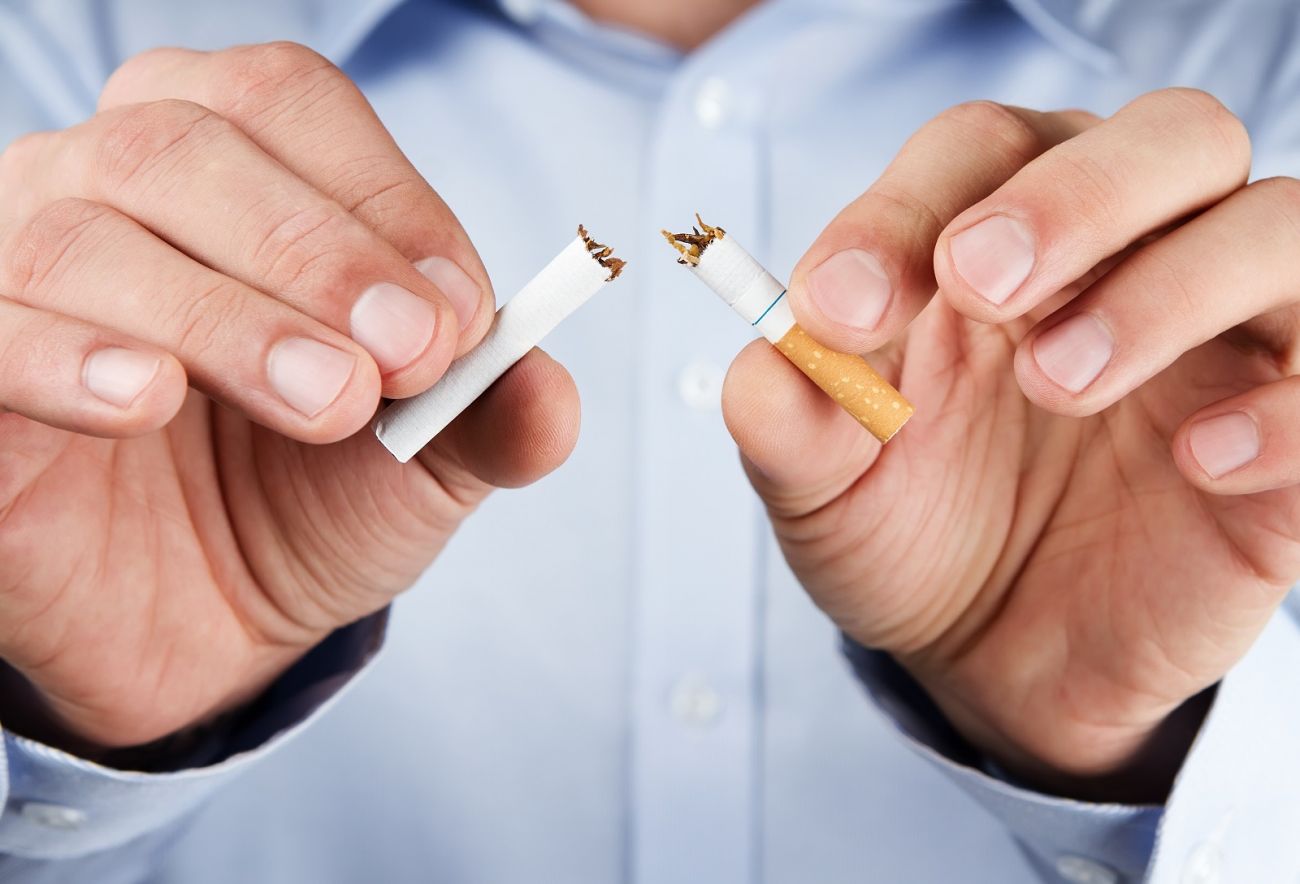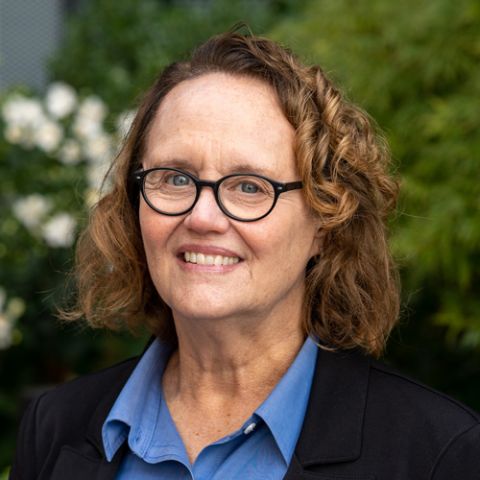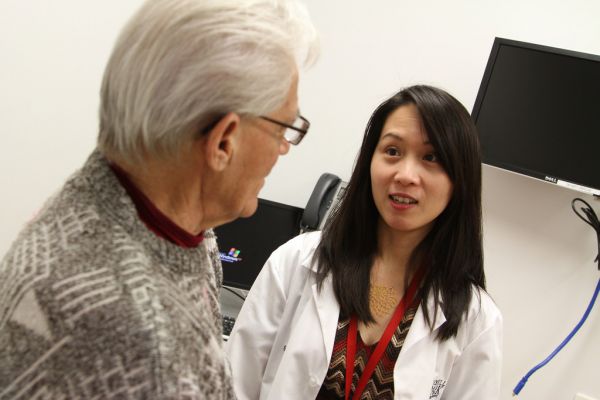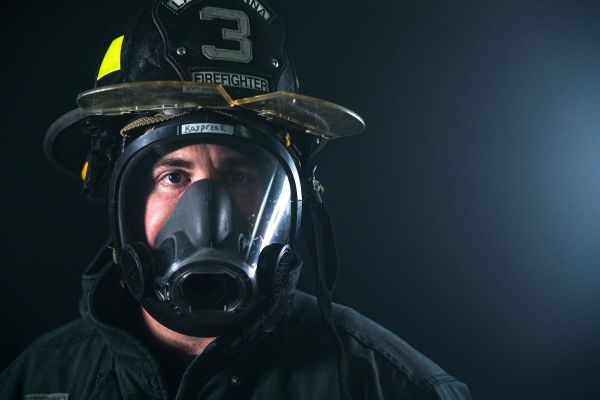Yes, they can; here’s what you need to know.
Lung cancer is the most common cause of cancer death worldwide. In the United States, more people die every year of lung cancer than of the other major cancers – breast, prostate and colon – combined.
While smoking cigarettes (or pipes, cigars, marijuana and crack cocaine) is the number one cause of lung cancer, non-smokers can get lung cancer, too — currently, 15 to 20% of lung cancers are found in people who have never smoked.
Here, Roswell Park expert Mary Reid, MSPH, PhD, responsible for expanding Roswell Park’s pioneering Lung Cancer Screening program answers important questions about the disease in seemingly low-risk people.
What causes lung cancer in non-smokers?
It is difficult to point to a single factor directly responsible for lung cancer in non-smokers. However, we do know that the following factors do play a role:
Second-hand smoke. Non-smokers who live or work with cigarette smokers have 25% of the smoker's increased risk just from inhaling the smoke in the air, which contains the same cancer-causing chemicals smokers take in. Second-hand smoke exposure may have occurred during childhood or adulthood.
Radon. This radioactive gas forms from the natural breakdown of uranium in soil and rocks. Radon gas, which you cannot see, taste or smell, is typically found in mines and in basements that flood or have little or no ventilation. The Western New York region tends to have higher radon levels than other areas of the country and levels can vary widely even between houses in the same neighborhood. Exposure to both radon and tobacco smoke can significantly increase your risk.
Asbestos and other substances. A mineral, asbestos is made of tiny fibers that are easily inhaled. Asbestos is used in many industries, including steel plants, shipbuilding, brake repair, insulation, plumbing and construction. Non-smokers who work in certain occupations, such as construction and chemical industries, or who live with people who work in those occupations, are often exposed to asbestos, as well as arsenic, chromium, nickel, soot, tar and other substances that increase risk.
Air pollution including repeated exposure to diesel fumes, smog, smoke and low-quality air days.
Existing lung disease such as emphysema, chronic bronchitis, tuberculosis or chronic obstructive pulmonary disease (COPD).
Family history. If you have a parent, sibling or child who had lung cancer, you may face increased risk of the disease, even if you don't smoke. Researchers have found genetic markers that can be linked to lung cancer in families.
Personal history of cancer, particularly if you’ve had esophageal, head and neck cancer or prior lung cancer. We are also learning more about the role of exposure to cancer treatments such as chemotherapy and radiation therapy, that may increase the risk of a primary lung cancer.
Age. Most people diagnosed with lung cancer are older than age 65. However, lung cancer in non-smokers, particularly in women, can occur much earlier in life. Approximately 10% of lung cancers are diagnosed in people under the age of 55. These are particularly concerning because these cancers are more likely to be diagnosed at a later stage.
Occupation in firefighting, railroads and construction, or other jobs that expose you to lots of dust or diesel fumes.
How can non-smokers reduce their risk of lung cancer?
Some risk factors, such as existing lung disease, previous cancers and a family history of lung cancer cannot be changed. But you can take these steps to reduce your risk:
- Test your home for radon every two years. Low-cost radon detection kits are available from some state and county health departments, including the New York State Department of Health. If the radon level measures more than 4.0 Ci/L, you should seek remediation measures.
- Contact an asbestos professional for mitigation of asbestos in your home.
- Avoid exposure to cancer-causing substances, such as second-hand smoke, asbestos, arsenic, chromium, tar, nickel, soot, diesel fumes and others.
- Wear appropriate protective gear on the job such as a mask or other apparatus if your profession exposes you to harmful substances. Change out of your work clothes and shower before coming into your home, or as soon as possible when you arrive home.
Never miss another Cancer Talk blog!
Sign up to receive our monthly Cancer Talk e-newsletter.
What are the symptoms of lung cancer in non-smokers?
The warning signs and symptoms of lung cancer are generally the same for smokers and non-smokers. But there are some differences in non-smokers. For example, non-smokers may also have abdominal and/or back pain. However, unless you know that you have the risk factors and exposures noted above, non-smokers are more likely to be caught off guard or dismiss warning signs.
Lung cancer typically grows subtly for years without causing any symptoms. Because of this, the cancer is often undetected until advanced stages, when treatment is more difficult. Ask your doctor to check out any of the following symptoms:
- Chest discomfort or pain
- A persistent cough
- Repeated upper respiratory infections
- Trouble breathing or wheezing
- Blood in sputum
- Hoarseness
- Loss of appetite
- Unexplained weight loss
- Fatigue
- Swelling of face and/or neck veins
- Abdominal pain (non-smokers)
- Back pain (non-smokers)
One broad but important rule of thumb is to know your body and watch for unusual changes and subtle warning signals. Be sure to tell your doctor about any risk factors or exposures, and if you live or work in a smoke-filled environment, or work in a factory. Advocate for yourself to get full testing to find the cause of your concerns.
Is lung cancer different in non-smokers compared to smokers?
Yes, we see a different number and different types of genetic mutations and other molecular differences in the tumor DNA from non-smokers versus smokers. This means that each cancer will likely respond (and not respond) to different treatment approaches. The most important factor is to diagnose the cancer as early as possible to allow for the broadest range of treatment options.




